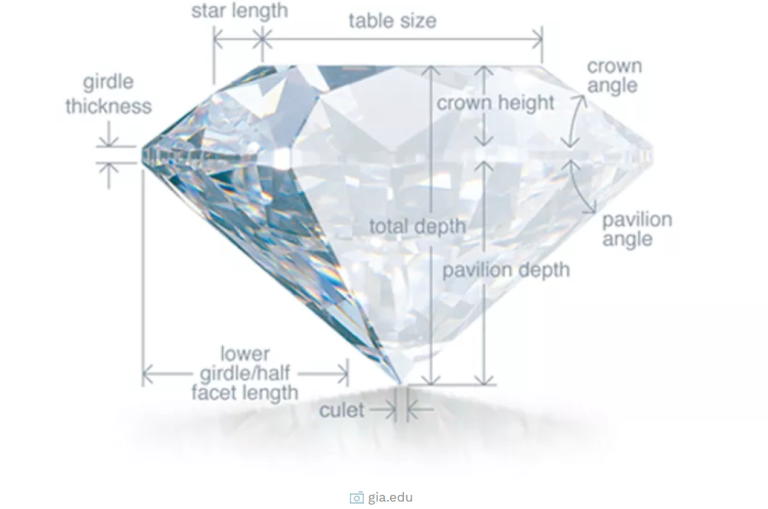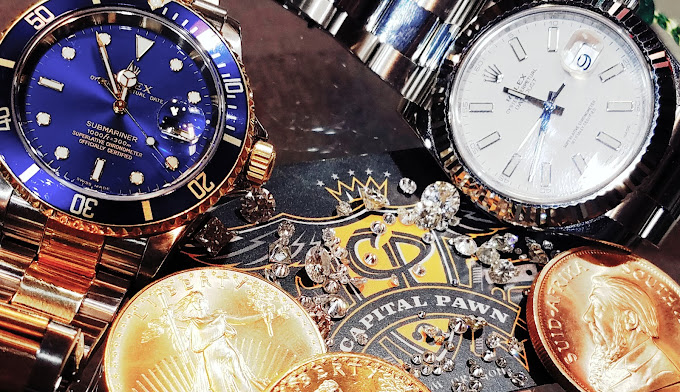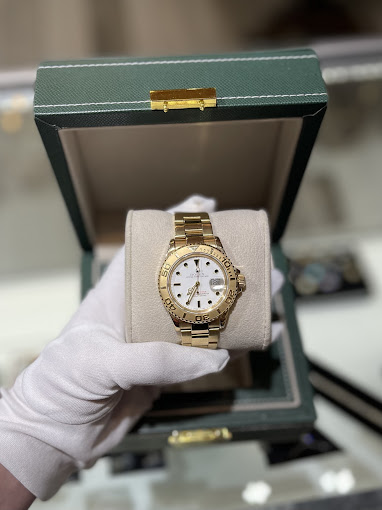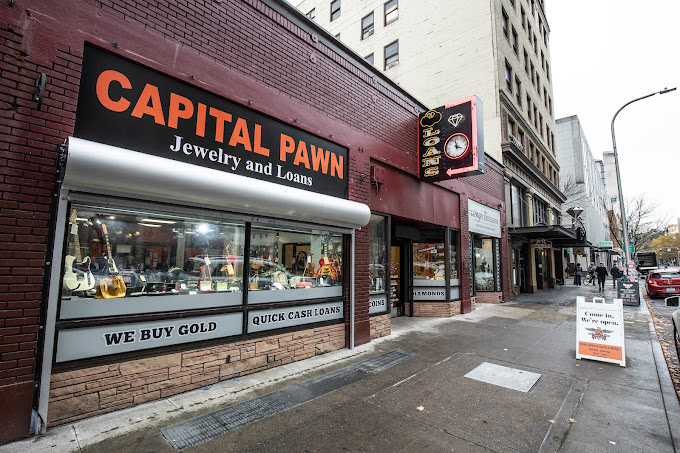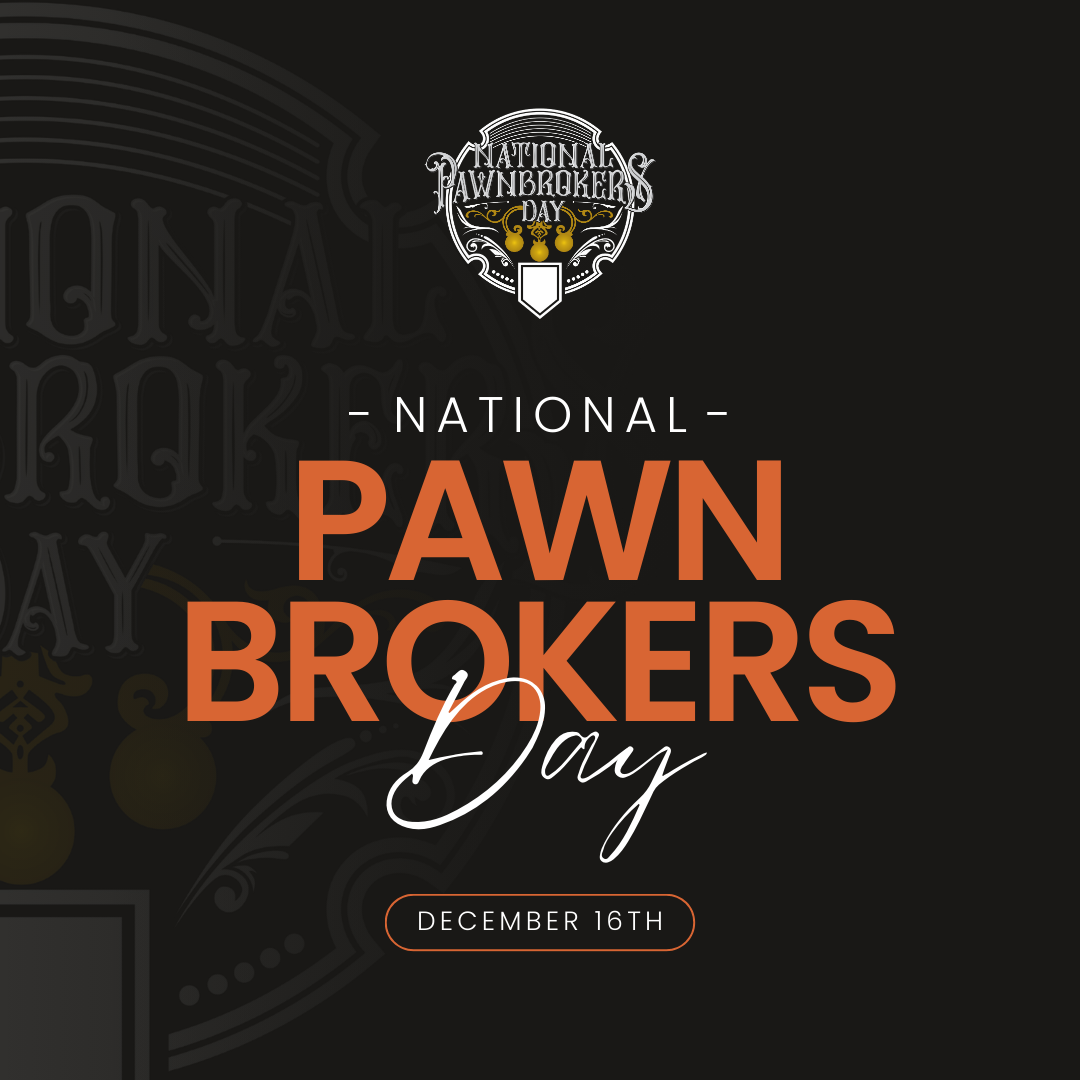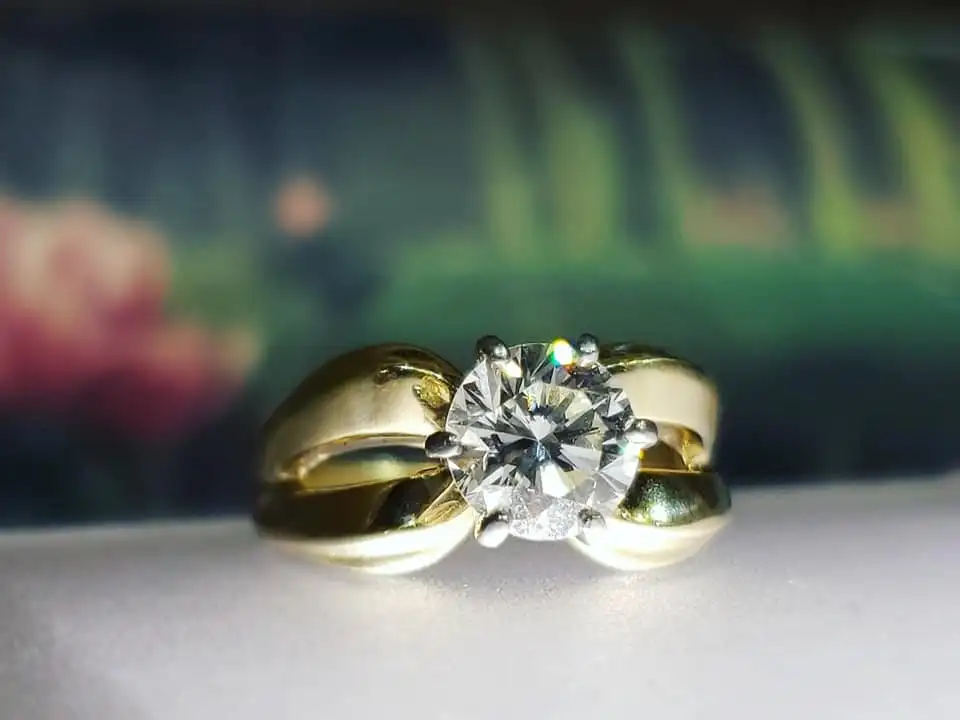
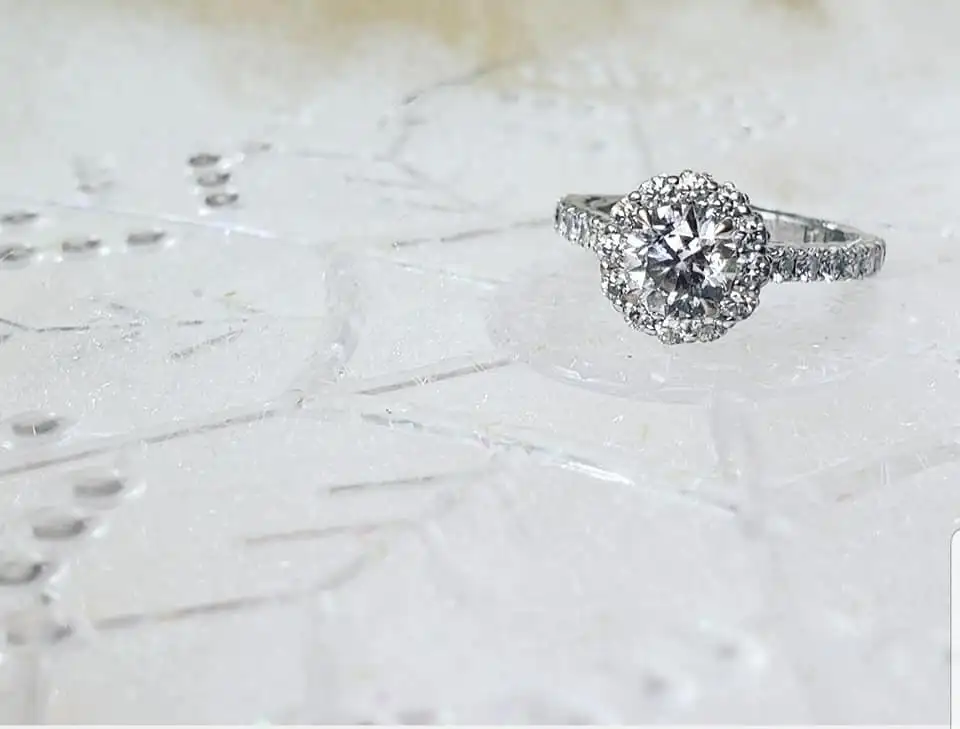
Over the course of our life time, we have heard phrases like:
‘Better a diamond with a flaw than a pebble without’ Confucius
‘Diamonds are forever, my youth is not’ Jill St John
and, of course,
‘Diamonds are a girl’s best friend’ Leo Robin
——————————————————————————————————————–
Diamonds are one of the most sought after stones in the world, so over the next several blog posts, we will be analyzing diamonds and how you can better understand them.
First lesson: the Four Cs of Diamonds are Carat, Clarity, Color, and Cut. While most people think of the size of the stone as the most important factor, it is really simply one of the determining factors that will make a diamond a stand-out or a flop.
Because size tends to be the first thing people think about, let’s go ahead and start with Carat.
Carat is the measurement of a diamond’s weight. In ancient times, carob tree seeds were used to balance scales and the term carob has thus become the unit of choice for diamond weight.
Carats are then divided into points. A 100 point diamond is equal to one carat, a 50-point diamond is equal to .50 carat, and so forth.
Like most things in life, the heavier the item, the pricier it is; this is true of diamonds as well.
The difference between a .97 diamond and a 1.0 carat diamond can be hundreds and sometimes thousands of dollars!
This is why Carat is crucial to the diamond buying experience. The below diagram from GIA, the leading experts in the world on diamonds and gems, helps explain the parts of the diamond.
Additionally, the two photos at the top of the blog show two diamonds that are almost identical in carat weight (size). So close, as a matter of fact, it is hard to tell they are of varying carats. Here is the kicker, these two diamonds are are vastly different in price simply because of the carat weight!


